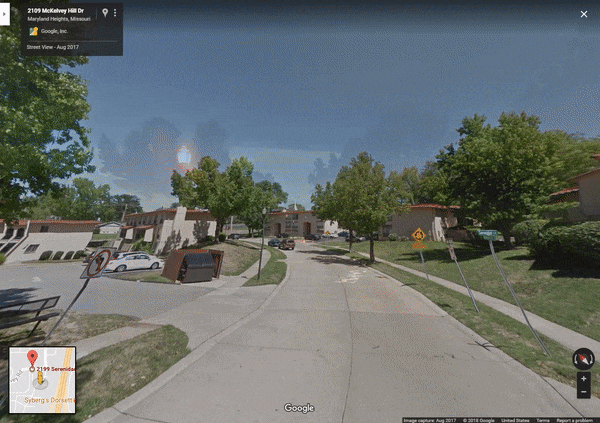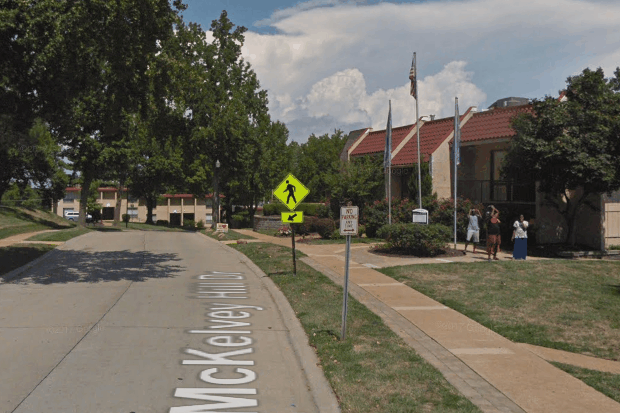A Google Street View Car Drove Right Through the Path of the 2017 Solar Eclipse

The most-viewed eclipse in history had an unexpected witness: A Google Street View car drove right to the edge of totality, offering a surprising celestial treat for visitors scoping out the event in Maryland Heights, Missouri.
The intrepid car captured the darkened sky, streetlamps flickering on and even skywatching pedestrians on the vehicle's travels through the path of the 2017 total solar eclipse in August. Michael Kentrianakis, an eclipse chaser and member of the American Astronomical Society's Solar Eclipse Task Force, told Space.com about the eye-catching view this past weekend at the 2018 Northeast Astronomy Forum (an annual gathering of thousands of skywatchers in Suffern, New York) after seeing reports of the view circulating online.
"I guess those Google vans photographing every road on the planet don't stop for nothing," Kentrianakis wrote on Facebook. "Not even during the night of a total solar eclipse." [The Most Amazing Photos of the 2017 Solar Eclipse]
Kentrianakis showed off some highlights on Facebook: a woman looking up at the sky in darkness, bright streetlights and even a "diamond ring" of light from the sun circling the dark sphere of the moon.

Check out the map below to search for your own landmarks; a drive on the streets reveals a number of routes with darkened skies, glowing clouds and passersby preparing telescopes and eclipse glasses. Just outside totality (head back one click), you can see crescent shadows forming in the shadow trees during the partial eclipse.
Email Sarah Lewin at slewin@space.com or follow her @SarahExplains. Follow us @Spacedotcom, Facebook and Google+. Original article on Space.com.
Get the Space.com Newsletter
Breaking space news, the latest updates on rocket launches, skywatching events and more!
Join our Space Forums to keep talking space on the latest missions, night sky and more! And if you have a news tip, correction or comment, let us know at: community@space.com.

Sarah Lewin started writing for Space.com in June of 2015 as a Staff Writer and became Associate Editor in 2019 . Her work has been featured by Scientific American, IEEE Spectrum, Quanta Magazine, Wired, The Scientist, Science Friday and WGBH's Inside NOVA. Sarah has an MA from NYU's Science, Health and Environmental Reporting Program and an AB in mathematics from Brown University. When not writing, reading or thinking about space, Sarah enjoys musical theatre and mathematical papercraft. She is currently Assistant News Editor at Scientific American. You can follow her on Twitter @SarahExplains.









